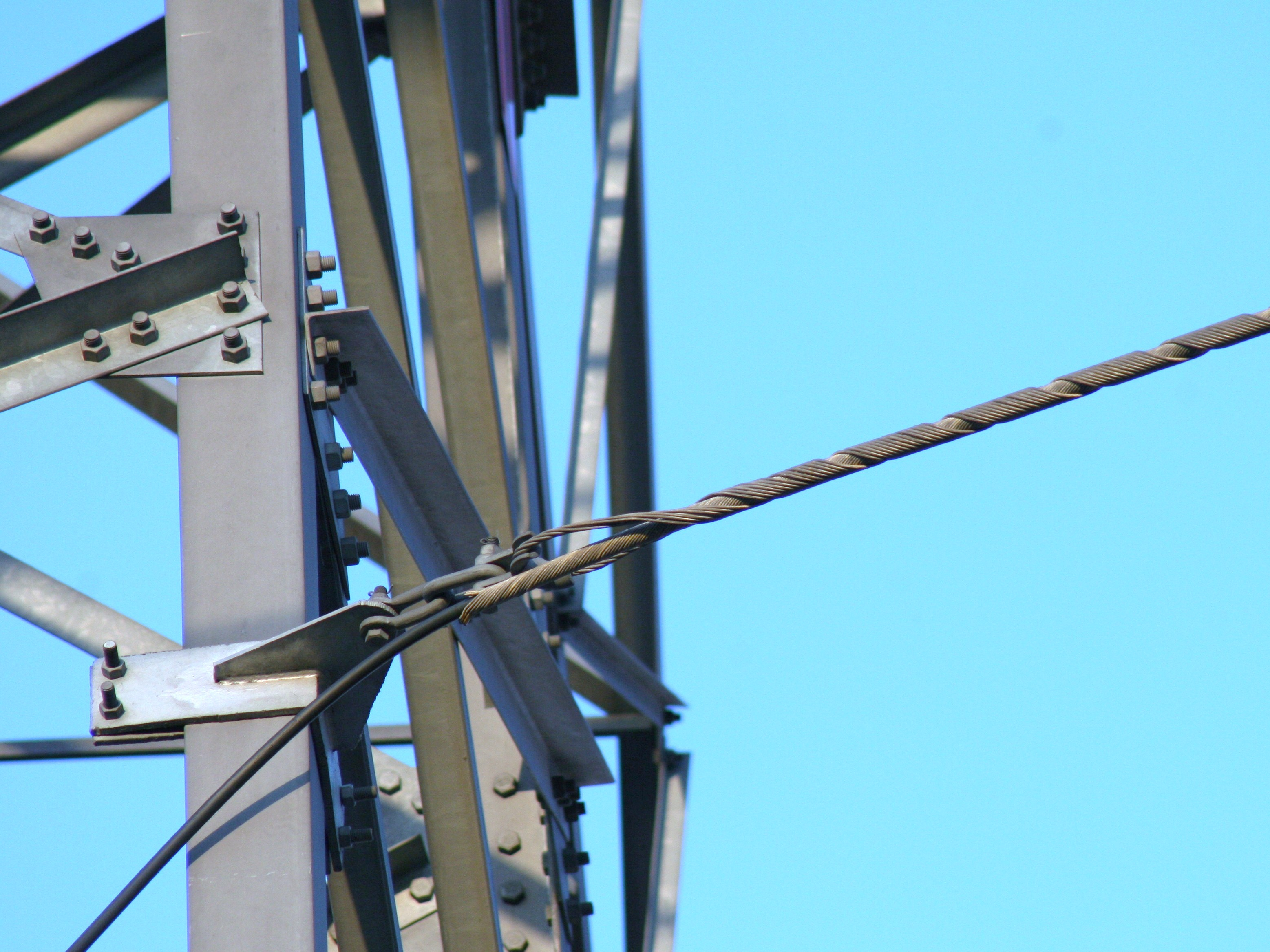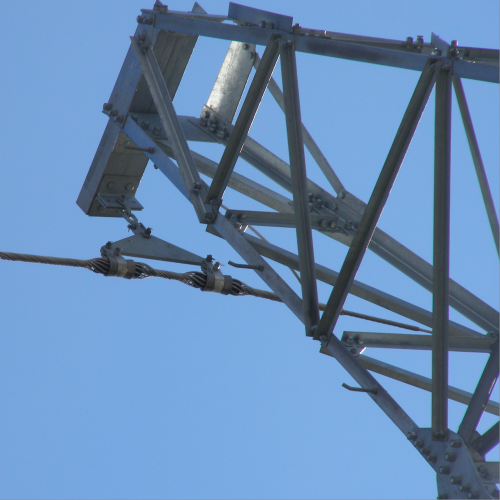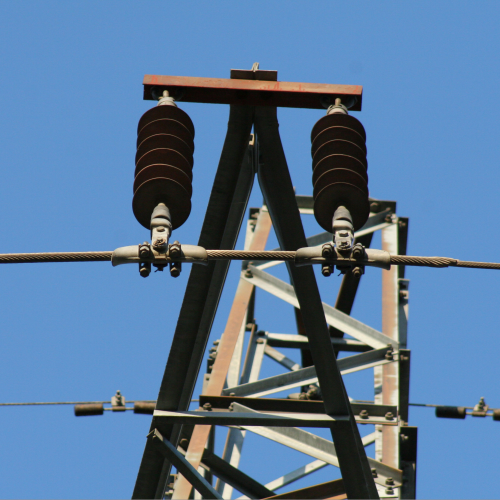In the ADSS optical cable erection system, helical suspension clamp for ADSS and ADSS dead end tension clamp are two accessories that complement each other but are very easy to be confused. For buyers, clearly distinguishing their positioning, functions and applicable scenarios can not only avoid engineering hidden dangers, but also realize the stable operation of the entire life cycle of optical cables and control comprehensive costs. Many buyers have mistakenly used helical suspension clamp for ADSS for towers that need to withstand strong tension, or used ADSS dead end tension clamp instead of conventional support, resulting in premature fatigue damage to optical cables and even line outages. The loss caused by this type of selection error usually far exceeds the purchase cost of the accessories themselves.

From the point of view of functional positioning, the main role of helical suspension clamp for ADSS is to smoothly suspend the optical cable on the linear pole tower, which only needs to bear the weight of the optical cable itself and the slight wind vibration load, and does not need to bear the axial tension of the optical cable. The core of the design of the fixture is protection and adaptation. It is necessary to use precise hoop structure and buffer components to avoid local stress concentration of the optical cable due to long-term suspension, and at the same time adapt to the slight telescopic displacement of the optical cable under temperature changes. The ADSS dead end tension clamp is mainly installed in corner towers, terminal towers, or optical cable segments. It is necessary to firmly transfer all the axial tension of the optical cable, including its own weight, wind load, and ice and snow load, to the tower structure to prevent the optical cable from slipping or shifting. The design of the clamp focuses on high strength and stability. It needs to have sufficient mechanical strength to withstand extreme loads. At the same time, the tension is transmitted evenly through a special anchoring structure to avoid damage to the optical cable core and sheath.
In practical applications, their selection logic and scene boundaries are very clear. Helical suspension clamp for ADSS is mostly used for the erection of linear segments of optical cables, such as linear towers in urban distribution networks and non-corner positions of rural communication lines. In such scenarios, the force of optical cables is relatively stable, and there is no obvious axial tension change. Take the optical cable renovation project in a city in Southeast Asia as an example. The project adopts helical suspension clamp for ADSS in all 120-kilometer straight segments. Through rubber liners that accurately match the outer diameter of the optical cable, the wear and tear of the optical cable due to wind vibration is effectively avoided. After 3 years of operation, the integrity rate of the optical cable sheath remains at 100%. The ADSS dead end tension clamp must be used at key nodes where tension is concentrated, such as the cross-strait terminal towers of cross-river optical cables, and the large corner towers of mountain routes. In such scenarios, the tension of optical cables can reach 3 to 5 times that of ordinary straight-line segments. In a cross-mountain optical cable project in Europe, due to the selection of high-strength ADSS dead end tension clamp, even under the load of ice and snow in winter, the tension of the optical cable soared by 30%, and the clamp remained stably anchored without any displacement or structural deformation.

For B-terminal buyers, the essence of choosing ADSS optical cable accessories is to choose a full-link adaptation solution. Although helical suspension clamp for ADSS and ADSS dead end tension clamp have different functions, they can together determine the safety and economy of the optical cable system. We can not only provide you with high-quality products that meet international standards, but also have a professional technical team, which can provide one-to-one selection plans according to your project parameters, and provide full-cycle services such as installation guidance videos, so that your project has no hidden dangers from selection to construction.




